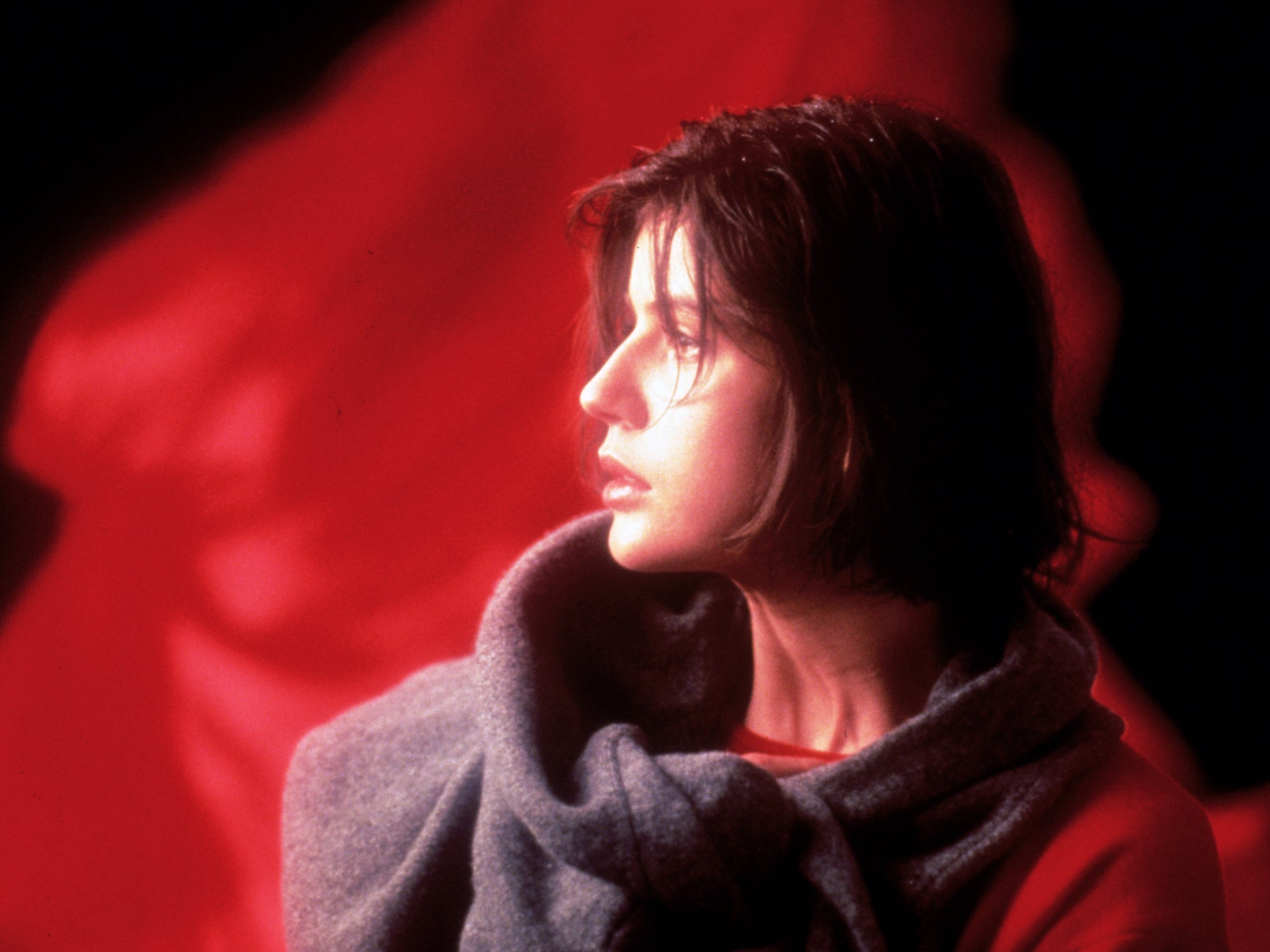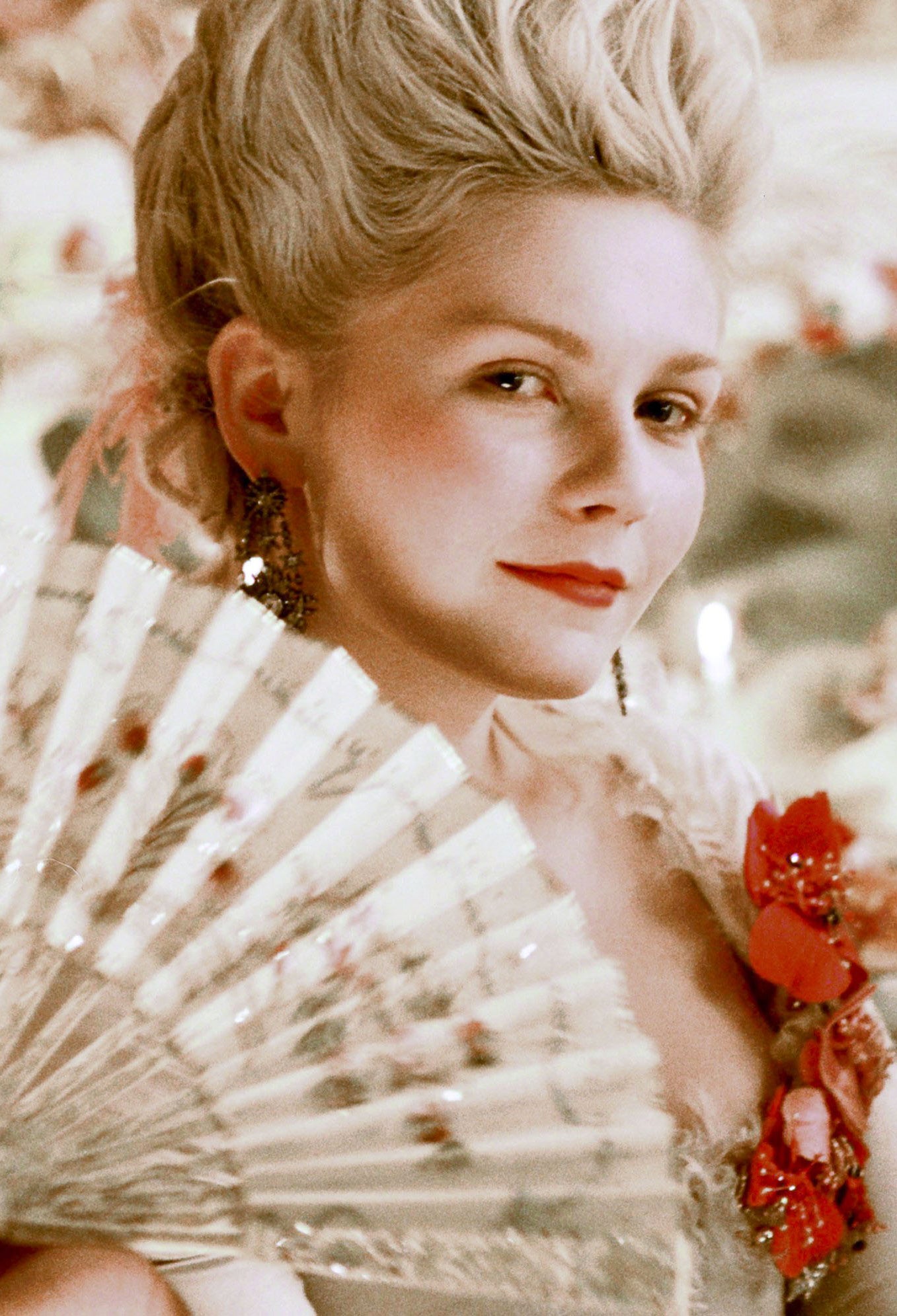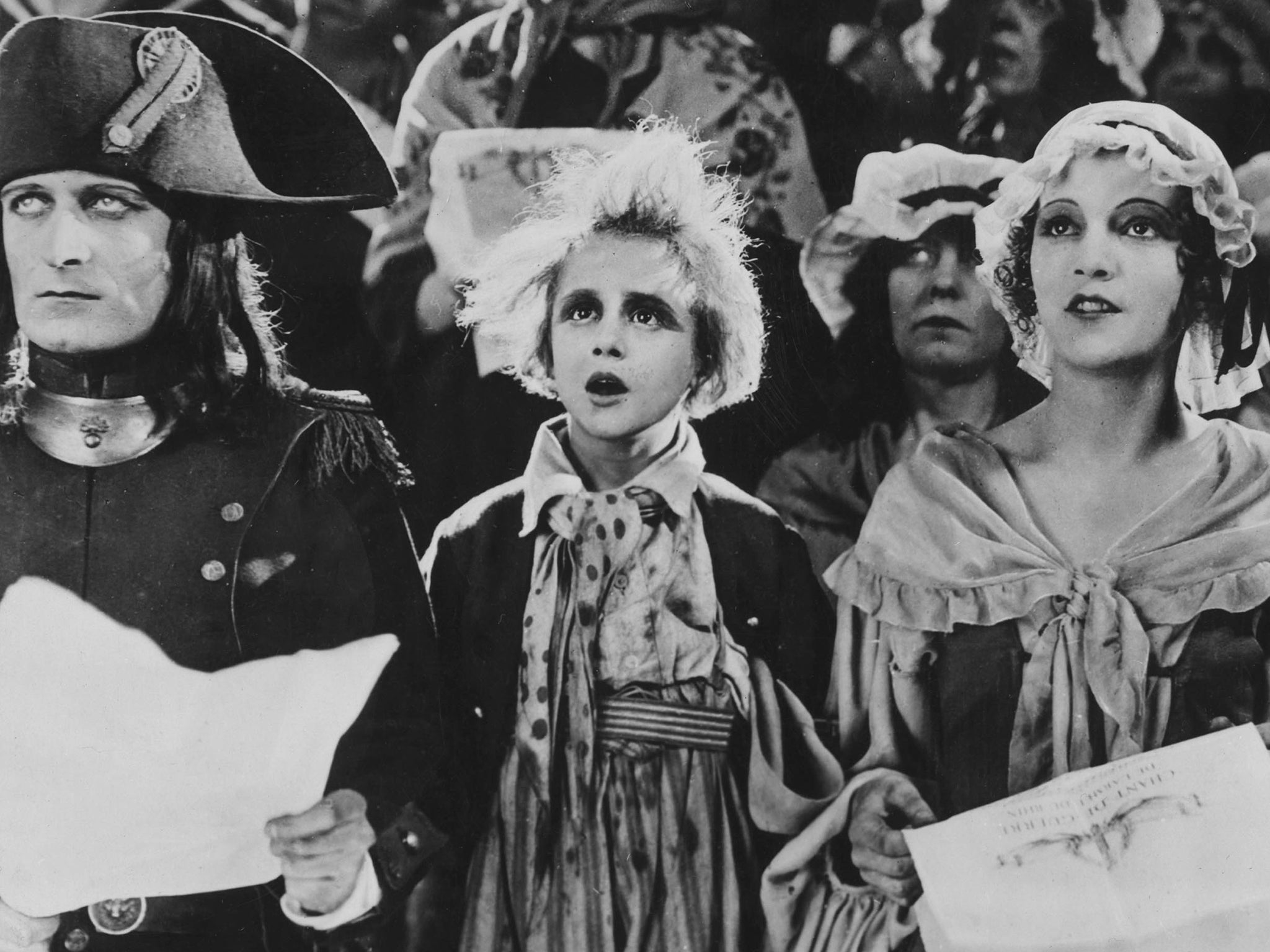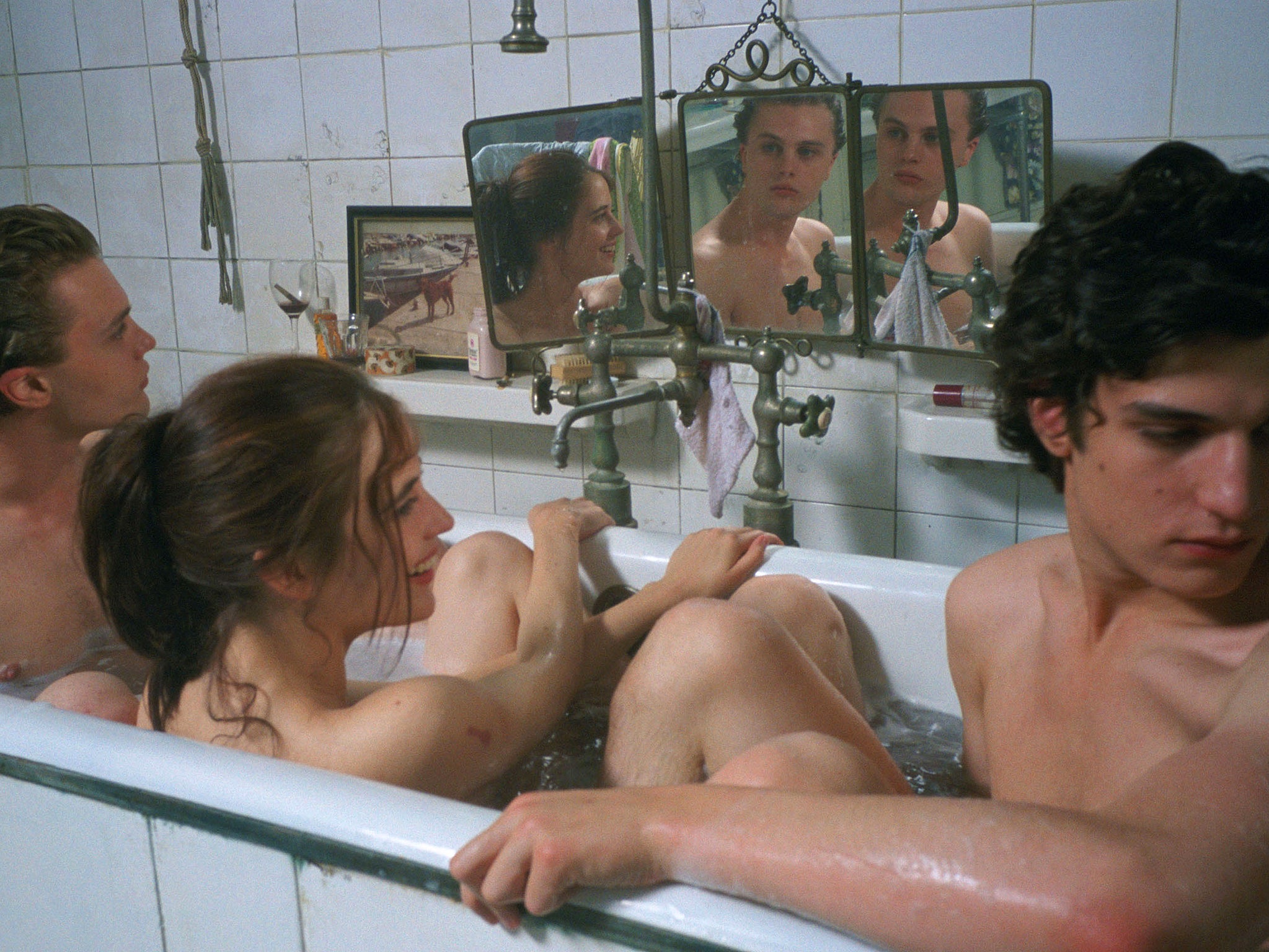No one loves a revolution quite like the French… or its cinema
As protesters hit the streets of Paris over President Macron’s attempted pension reforms, Geoffrey Macnab salutes a country that has always used its political uprisings as fodder for great filmmaking

The streets are on fire again. Protesters are smashing shop windows. Cars and dustbins are being set alight. Strikers are blocking access to the Louvre. In short, it’s just a typical day in Paris, the city of love... and of rioting.
With the French capital experiencing one of its periodic bursts of mass mayhem, it’s hard not to think of the many filmic representations of insurrectionary fervour. The violent scuffles prompted this month by Emmanuel Macron’s pension reforms follow in a very long tradition of explosive unrest in France. There was the storming of the Bastille in 1789. The Paris Commune, the short-lived revolutionary government, was set up amid much bloodshed in 1871. Students and workers staged massive strikes in May 1968. Then there were the banlieue riots of 2005, when disenfranchised youths from the poor suburbs ran amok. The history of the country can be told through its protests.
Other countries have their revolutions, too, but they’re never staged with the élan that comes so naturally to the French. Only in France do farmers attack burger restaurants to protest against globalisation. Only in France do citizens react to rising fuel prices by putting on yellow vests (gilets jaunes) and mounting barricades at roundabouts. Increasing the retirement age from 62 to 64 doesn’t seem like much of a pretext for weeks of mass demonstrations, but disgruntled Gallic citizens have taken to the streets for far less than that. It’s a fair bet that filmmakers will be rallying to the cause and that there will soon be movies about the battle against Macron’s policies.
Maybe out of envy, American and British directors often look to jump on the French revolutionary bandwagon. Tumbrils, guillotines and aristocrats fleeing for their lives feature prominently in the many adaptations of A Tale of Two Cities and The Scarlet Pimpernel, as well as in rowdy comedies such as Carry On Don’t Lose Your Head (1967). There have even been musicals, for example Tom Hooper’s version of Victor Hugo’s Les Miserables, in which the Paris uprisings of 1832 are set to song.
Meanwhile, the philosophical ideas behind radical revolutionary movements have been celebrated in weighty arthouse dramas from British directors, like Ken McMullen’s 1871 (1990), about the bloody uprising that led to the Paris Commune, and Peter Brook’s Marat/Sade (1967), set in a lunatic asylum where inmates put on a play about the murder of radical Jean-Paul Marat. Even intimate psychological dramas like Krzysztof Kieślowski’s soon to be re-released Three Colours Trilogy – Blue (1993), White (1994) and Red (also 1994) – owe a debt to the tradition of mounting the barricades. The films take their titles and their themes from the French tricolour flag, and the country’s motto, which originated at the time of the revolution. Kieślowski’s trick is to ignore the politics and instead concentrate on how concepts like liberty, fraternity and equality affect his protagonists in their personal lives.
Films about France in the grips of social upheaval have been made since the earliest days of cinema. If you want to understand the appeal of such stories, a good place to start is with DW Griffith’s epic silent melodrama Orphans of the Storm (1921). This is a tearjerker about two young orphans (played by sisters Lillian and Dorothy Gish) in late 18th-century France, who suffer first at the hands of the Ancien Régime and then of the revolutionary mob.
An early scene sums up the film’s approach in a nutshell. The debauched Marquis de Praille (Morgan Wallace) is riding in his carriage back into Paris when the vehicle mows down and kills a child in the street. “Dead? Sorry... this is for the mother,” says the lorgnette-wearing Marquis, who casually tosses out a coin to the crowd. He quickly turns his attention toward more important matters. “Are the horses hurt?”

Griffith continually signals his disapproval of the corrupt aristocrats in his film, but that doesn’t stop him from basking in the luxury and splendour at court. As in many later depictions of pre-revolutionary France, notably Sofia Coppola’s Marie Antoinette (2006), the upper classes are shown as living in a state of joyous frivolity and decadence. The women dress extravagantly in ball gowns and giant beehive wigs, while the men wear frock coats and carry canes. While the rest of Paris starves, they spend their time waltzing, feasting, and enjoying “dissolute orgies”. Whatever his reservations about the aristocrats, Griffith is equally suspicious of the revolutionaries. Early in the film, he explicitly compares them to Bolsheviks and anarchists. His film is partly an allegory about the Russian Revolution, which would have been very much in spectators’ minds in the early 1920s.
Other filmmakers have also used the turmoil in France to make veiled dramas about oppression and political corruption elsewhere. When Polish director Andrzej Wajda directed Danton (1983), his film about the “terror” following the French Revolution of 1789, it was the time of “martial law” in Poland. Leaders of the Solidarity movement were being imprisoned and persecuted. The doomed populist leader Danton (played with swaggering pathos by Gérard Depardieu) was regarded by many as an equivalent to Solidarity leader Lech Walesa.
Directors have also gone to extreme lengths to depict revolutionary chaos in as realistic a way as possible. “I ask you to live the epoch as if you had really been there,” Abel Gance implored the many hundreds of extras he had assembled for the French Revolution scenes of his epic Napoléon (1927). The film may have been silent, but that didn’t stop him from getting the crowd to sing revolutionary anthem “La Marseillaise” a total of “twelve times running in crescendo”, as historian Kevin Brownlow writes in his book about the making of the film. Gance wanted them to believe they were taking part in a seismic, historic event. For the sequence showing Robespierre’s Jacobins seizing power, he had a crowd of more than 1,000 on the rampage, intercut with images of a storm at sea.

Many films about protest and revolution have a strange vein of romanticism. The soldiers and civilians setting up the Commune in 1871, or students and workers taking on the police in street battles in the 1960s, aren’t just fighting for political change. When they’re not on the barricades, they’re also experimenting with new ideas about love and relationships. Sex and politics invariably go hand in hand.
Bernardo Bertolucci’s The Dreamers (2003), set in Paris during the heady days of 1968, has the obligatory scenes of the gendarmes beating up students, but the director’s real interest is in the love triangle between the young American student Matthew (Michael Pitt) and the chic, good-looking Parisian couple Isabelle and Théo (Eva Green and Louis Garrel), who befriend and seduce him.
“I could hear my heart pounding,” Matthew confides in a voiceover early in the film. “I don’t know if it was because I had just been chased by the police or because I was already in love with my new friends.” The trio are then shown walking by the Seine, talking about Nicholas Ray, eating baguettes, and recreating moments from their favourite Jean-Luc Godard films. With its scenes of the lovers getting up to mischief together, the film has the feel of a cinephile’s fairytale. Théo and Isabelle may throw molotov cocktails at the cops, but they’re far too young and glamorous to be convincing as hardened anarchists. Bertolucci described Green as “so beautiful it’s indecent”, and seemed more interested in showing her naked and in luminous close-up than in addressing the political strife of the era.

While Bertolucci was exploring the erotic side of the revolutionary experience, some British directors were struck by its comic possibilities. Watching the leering Kenneth Williams as Robespierre’s chief of police, Citizen Camembert, in Carry On Don’t Lose Your Head – and Peter Butterworth as his dimwitted henchman, Citizen Bidet – it’s hard not to groan at the sheer cheesiness of the jokes. Sid James plays Sir Rodney Ffing, the English nobleman who disguises himself as the Black Fingernail and sets about rescuing aristocrats like the Duc de Pommfrit (Charles Hawtrey) from the guillotine.
When British producer Betty Box was working on her 1958 adaptation of A Tale of Two Cities, directed by Ralph Thomas, she went to great lengths to make the guillotine scenes, which were shot in France, as authentic as possible. The film wasn’t intended as a farce but, at times, it seemed like one. Hundreds of extras were hired, and Box later remembered the American extras threatening to sabotage the project. “We had to call on the American air force to augment our French soldiers for the big day, and when the 700-strong French crowd were bellowing out ‘Mort aux aristocrats’, my astonished ears picked up the American contingent shouting ‘Hang the bums!’”
Over the past 50 years, the British have experienced violent street unrest of their own, from the Brixton and Toxteth riots of the 1980s to the poll tax riots of the early 1990s and the London riots of 2011. But none of these have yet inspired any great cinema. In France, by contrast, wherever the protesters lead, the movie cameras soon follow. Their flair for insurrection, both in real life and on screen, has long since put their cousins across the Channel to shame.
‘Three Colours Blue’ is re-released on 31 March, ‘Three Colours White’ on 7 April, and ‘Three Colours Red’ on 14 April






Join our commenting forum
Join thought-provoking conversations, follow other Independent readers and see their replies
Comments